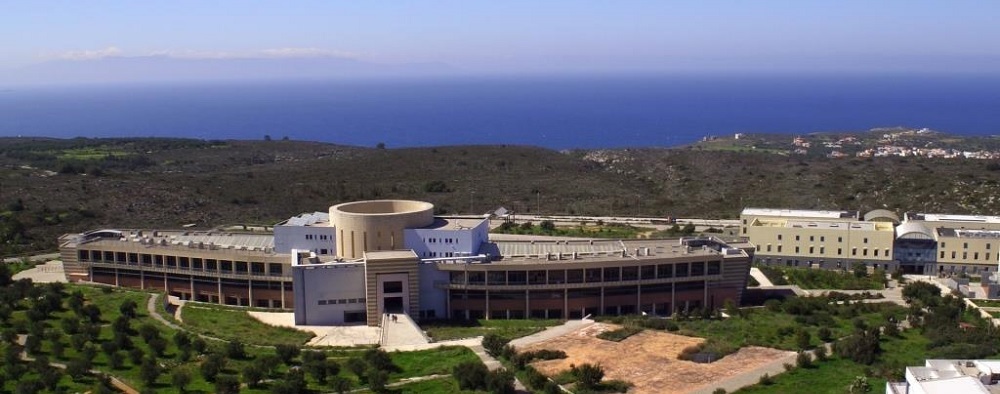- Αρχή
- Η Σχολή
- Σπουδές
- Έρευνα
- Διακρίσεις
- Ανακοινώσεις
English | Πολυτεχνείο Κρήτης | Επικοινωνία | Αναζήτηση
Κατάλογος Εκδηλώσεων
04
Οκτ
Κατηγορία:
Παρουσίαση Διπλωματικής Εργασίας
ΗΜΜΥ
 Λ - Κτίριο Επιστημών/ΗΜΜΥ, 141Π-36,141Π-37, Αίθουσα Συνεδριάσεων Σχολής ΗΜΜΥ, Πολυτεχνειούπολη
Λ - Κτίριο Επιστημών/ΗΜΜΥ, 141Π-36,141Π-37, Αίθουσα Συνεδριάσεων Σχολής ΗΜΜΥ, Πολυτεχνειούπολη 04/10/2019 11:00 - 12:00
04/10/2019 11:00 - 12:00Περιγραφή:
Σχολή Ηλεκτρολόγων Μηχανικών και Μηχανικών Υπολογιστών
Πρόγραμμα Προπτυχιακών Σπουδών
ΠΑΡΟΥΣΙΑΣΗ ΔΙΠΛΩΜΑΤΙΚΗΣ ΕΡΓΑΣΙΑΣ
ΙΩΑΝΝΗ ΜΑΡΙΟΥ ΠΑΠΑΓΙΑΝΝΑΚΟΥ
με θέμα
Παράλληλοι Αλγόριθμοι Βελτιστοποίησης για Παραγοντοποιήσεις Πολύ Μεγάλων Τανυστών
Parallel Optimization Algorithms for Very LargeTensor Decompositions
Παρασκευή 4 Οκτωβρίου 2019, 11:00 π.μ.
Αίθουσα Συνεδριάσεων ΗΜΜΥ, Κτίριο Επιστημών, Πολυτεχνειούπολη
Εξεταστική Επιτροπή
Καθηγητής Αθανάσιος Λιάβας (επιβλέπων)
Καθηγητής Γεώργιος Καρυστινός
Αναπληρωτής Καθηγητής Βασίλειος Σαμολαδάς
Abstract
Tensors are generalizations of matrices to higher dimensions and are very powerful tools that can model a wide variety of multi-way data dependencies. As a result, tensor decompositions can extract useful information out of multi-aspect data tensors and have witnessed increasing popularity in various fields, such as data mining, social network analysis, biomedical applications, machine learning etc. Many decompositions have been proposed, but in this thesis we focus on Tensor Rank Decomposition or Canonical Polyadic Decomposition (CPD) using Alternating Least Squares (ALS). The main goal of the CPD is to decompose tensors into a sum of rank-1 terms, a procedure more difficult than its matrix counterpart, especially for large-scale tensors. CP decomposition via ALS consists of computationally expensive operations which cause performance bottlenecks. In order to accelerate this method and overcome these obstacles, we developed two parallel versions of the ALS that implement the CPD. The first one uses the full tensor and runs in parallel on heterogeneous & shared memory systems (CPUs and GPUs). The second one decomposes the tensor in parallel using small random block samples and runs on homogeneous & shared memory systems (CPUs).



